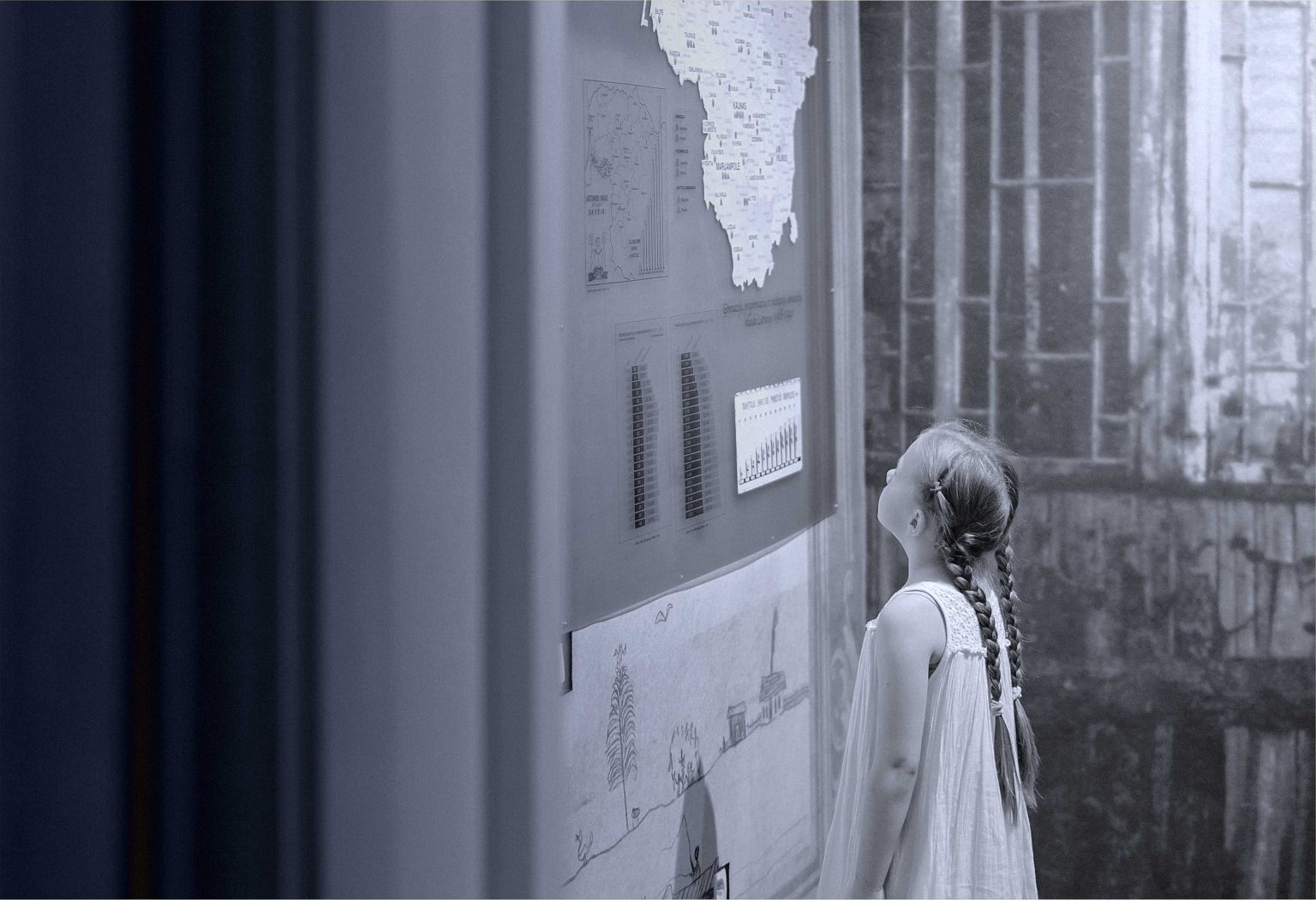Exhibition “I wouldn’t trade this land for great riches. Jonas Aistis”
2025 July 2 - 2025 August 23
00:00 - 00:00
2024 January 3 - 2024 December 31
Registration: +370 650 41018

We invite families: children, parents, grandparents, brothers or sisters to register for educational activities for families where(K)artu!
You can choose from three, different educational activities:
SAID – WRITTEN
an occupation for those who are thirsty for challenges, science, games and experiences
(the session takes place in the educational space “Said-written”)
PLAY AND LEARN
during the session in the discovery room, you will not only discover, but you will learn and experience a lot
(the session takes place in the Montessori Educational Space”)
MOSAIC OF NATURE
knowledge of flora and fauna, quiz and secrets of nature – all under one roof
(the session takes place in the exposition “Old Visual Teaching Aids of the Natural Sciences”)
How is the session going?
• The educator provides brief information about the activity, introduces you to the activities;
• You receive the task passport required for educational activities;
• According to the tasks provided by the past of the activities, you individually explore the space and overcome tasks;
• If you overcome all three educational activities – you will receive symbolic gifts.
Pre-registration is required by phone +370 650 41 018
We are waiting for you at : Vytauto pr. 52, Kaunas
The price of family educational activities 8 Eur